Chocolate covered beans are a lovely snack – difficult to put down and way too easy to keep popping one after the other. And as much as we’d like to continue downing these beans, some factors demand attention and moderation.
It’s not just the calorie count (though that’s important), but the caffeine in chocolate covered espresso beans deserves more attention.
The deliciousness and convenience of chocolate covered coffee beans make them an excellent way to get a quick caffeine fix. Besides, as fans of coffee and chocolate-coated anything, we find this combination way too tempting.
So why care about moderation and caffeine? Surely these tiny beans can’t have that much caffeine. Let’s find out!
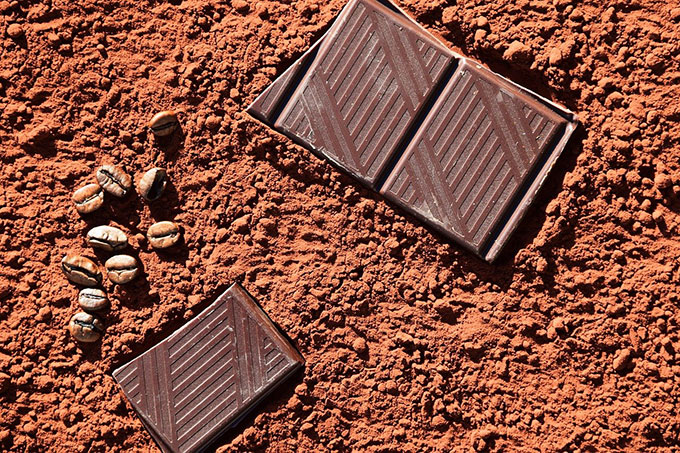
What Are Espresso Beans And Why Use Them?
Why not simply talk about chocolate covered coffee beans? That would make sense too. After all, there isn’t much of a difference between espresso beans and coffee beans. However, chocolate covered beans usually get their chocolaty coating over espresso beans.
The average espresso bean is usually a dark roast coffee bean. This means that the coffee bean has been roasted long enough for it to get a chocolaty dark brown color. Dark roast and espresso beans also lose much of their water content and are pretty dry.
Moreover, a dark roast often gives coffee beans dark chocolate and caramelized sugar taste notes. These notes are naturally fitting for the chocolate coating which these beans are destined to get. This guide has excellent recommendations for espresso beans, but remember to go for darker roasts.
Modern espresso beans don’t necessarily have to be dark roasts. But as far as chocolate covered beans are concerned, dark roasts are still our top choice.
Is It Safe To Consume Chocolate Covered Espresso Beans?
Absolutely. There is nothing wrong or risky about chomping on these beans. Coffee beans have been eaten for centuries and have proven their use as an excellent source of energy and caffeine kick. However, chomping on beans isn’t the most taste-bud friendly way to go about it.
Green beans aren’t fun to eat and have a woody, raw flavor that isn’t pleasing in the slightest. Roasted beans are way better, but they can get an upgrade with a chocolate coating to make them tastier.
It’s easy to end up eating a crazy amount of these beans before you even notice. And that’s where general safety and common sense come in. It’s important to watch your caffeine intake.
Caffeine Content Of Chocolate Covered Espresso Beans And Its Effects
When we brew coffee, the coffee beans (and by extension, the caffeine) is diluted with water. And so, even if you’re enjoying a particularly strong and caffeine-rich brew, the body’s caffeine intake will be somewhat moderated.
However, research suggests that eating beans leads to faster absorption of caffeine through the lining of your mouth. Beans are a concentrated source of caffeine and will deliver it quickly and more efficiently than brewed coffee.
This means that the positive, as well as the negative effects of coffee, will be more pronounced by eating coffee beans. There are several health benefits and general uses of coffee beans. Apart from alertness and an energy boost, they are a rich source of antioxidants, and have various qualities that make them good for health.
But a huge intake of caffeine can also cause several health issues, like palpitations and jitters. So a closer look at the caffeine content is in order.
Calculating The Caffeine Content Of Chocolate Covered Espresso Beans
There are two components to caffeine in the chocolate covered coffee beans. The first one is obvious – it’s the beans themselves. The second is chocolate. It contains some caffeine, and though small amounts, it’s not exactly negligible.
Dark chocolate contains the highest amount of caffeine, milk chocolate comes next, while white chocolate has no caffeine content.
Dark chocolate usually has 0.8mg of caffeine per gram. A dark roast coffee bean is likely to have 10-12 mg caffeine. Put together, a dark chocolate covered espresso bean can have 11-14 mg of caffeine.
There is no way to get exact or consistent values here, so expected averages have to be considered. The exact number can vary depending on the roast, the variety of coffee (robusta has more caffeine than arabica), the region of growth, and several other factors.
It is worth remembering that the effects of brewing and chewing beans are different. Eating 10 beans gives us a caffeine intake of nearly 120 mg. That’s roughly the same as an 8 fl oz cup of drip coffee made with 12 grams of beans. In a way, eating 10 chocolate covered beans has the same caffeine intake as brewing a hundred beans!
That’s why it makes more sense to watch your caffeine bean intake.
Recommended Caffeine Intake And How Many Chocolate Covered Coffee Beans To Eat
The FDA recommends that adults limit their caffeine intake to 400 mg per day. Going by our calculations here, eating 30 beans should keep you within these recommendations.
It seems easy enough, but then most of us are prone to forget counting while chomping these delicacies. So ration them wisely and you can enjoy the delicacy as well as its energy boost without any worry.
Enjoying Chocolate Covered Coffee Beans, And Their Caffeine
Caffeine in chocolate covered espresso beans deserves some attention. These delicacies are enjoyable and perfectly safe to eat. But when enjoying these, we shouldn’t forget their caffeine content either. Chewing on coffee beans delivers a more concentrated and quicker-acting dose of caffeine.
That’s why eating them in moderation is the key to getting the best out of them. On average, eating thirty beans a day should keep you within the recommended limits of caffeine intake.
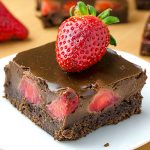

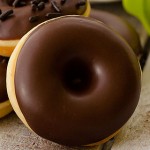
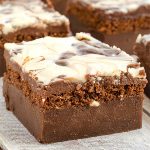

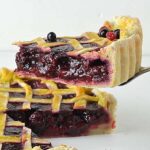
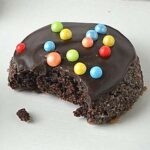
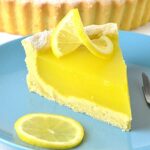
Leave a Reply